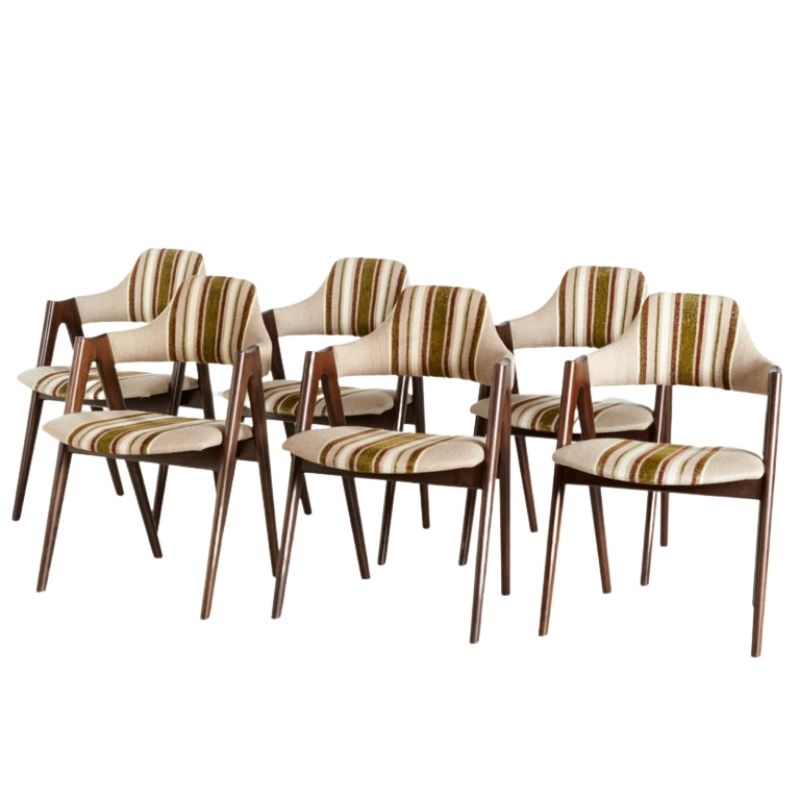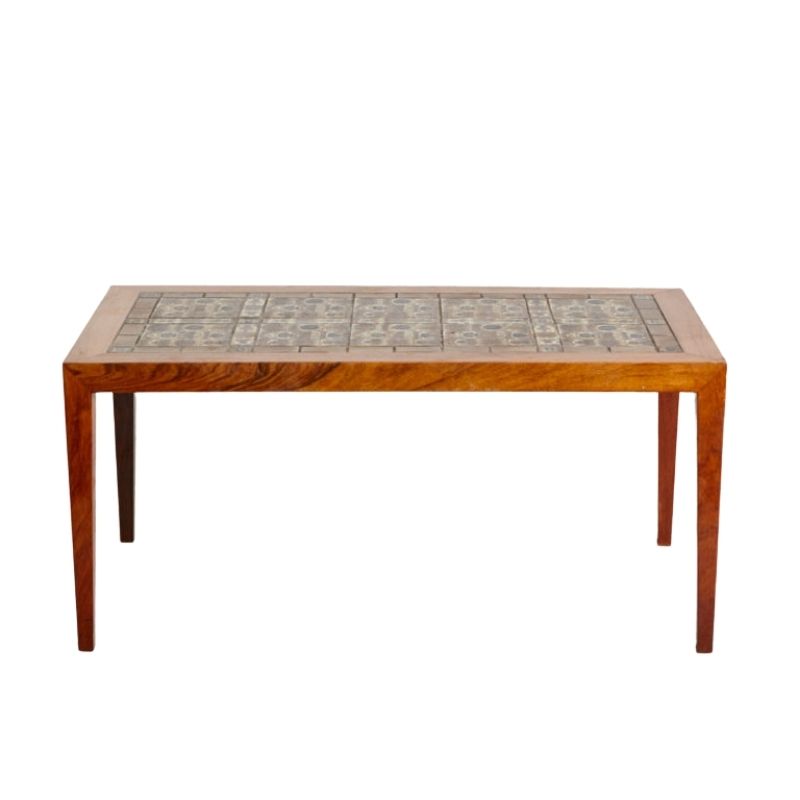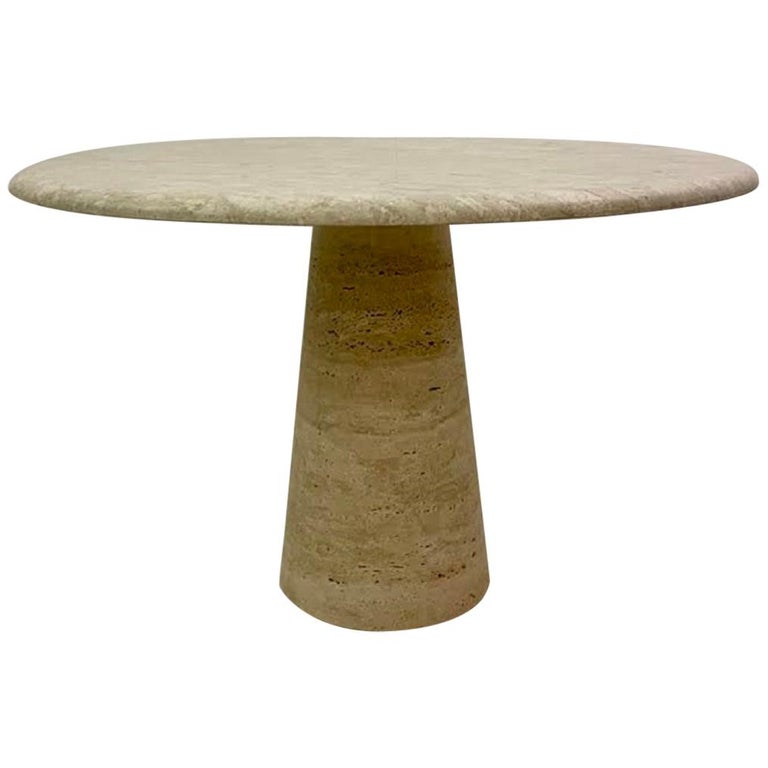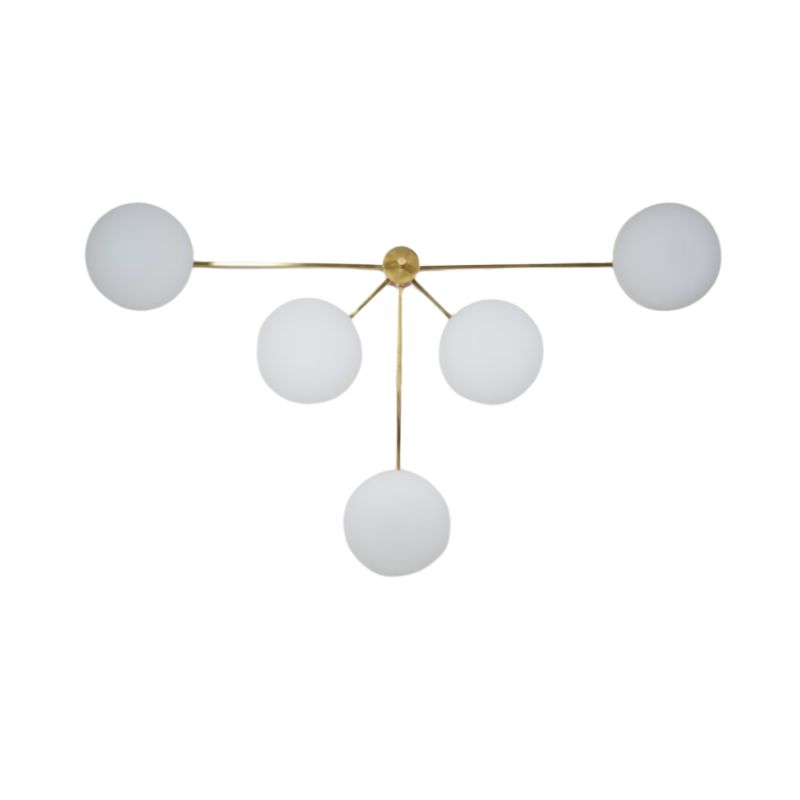I bought this coffee table back in the 90s thinking that the bent wood top was manufactured by Evans. It measures 41 1/2" x 29 3/4" x 16". I'm curious if any of the experts here have come across this table top and if you might be able to tell me more about it?
The legs are odd in that they are made of pine and are not as refined as most of the Eameses work I've seen over the decades. The legs seem vintage, as if they have always been attached to the top. The nuts and bolts attaching them show oxidation consistent with decades of age. Unfortunately they do not look as sophisticated and finished as the simple leg design eventually used on the wood dowel legged tables.
The top and legs are finished with the same stain and seal. The Evans mark on the base side in the 2nd picture was there when I purchased it and looks like it was done with a generic rubber stamp, alphabet set, the kind you could find at a art/office supply store. The large grease pencil #2 looks consistent with the identification markings on early HM furniture. The stain is beautiful, although it could of been re-varnished at some point in that it is somewhat smooth and doesn't show the cracking/separation in the varnish from the veneer woodgrain expansion that is quite common. The warm orange/brown stain looks similar to vintage aniline red, showing rich oxidation that you find on older untouched pieces.
Recently I came across two detail shots of the top in Marilyn Neuhart's, The Story of a Eames Furniture, Book 1, pg. 365. To me the photos confirm that the top is of Eames/Evans origin. The structural cross support on my table seems to be oak, whereas the top pictured in the Neuhart's book looks like pine. The legs on my table are made of wide grained pine similar to the graining of the cross-support pictured in the book.
Thanks,
john
.
Its irritating yet pleasing to come across a connection method I had thought was a novel invention of my own, the concave/convex mating is quite good, keeping a leg like that in position is usually achived with a concealed pin.
Thanks for posting, I've seen that table before but thouight the top was the other way around.
The supports are also...
The supports are also missing the concave cutout for the wooden legs to nestle into...
I wouldn't discount the originality of the metal legs based on the black overspray though. They could have just been rusty. And if you were going to create and add legs to something, you'd most likely paint the legs before putting them on. To me, it makes more sense that the legs were on there originally, time passed and they lost some of their luster, and somebody wanted to spruce them up without going to the trouble of taking them off.
If you need any help, please contact us at – info@designaddict.com









